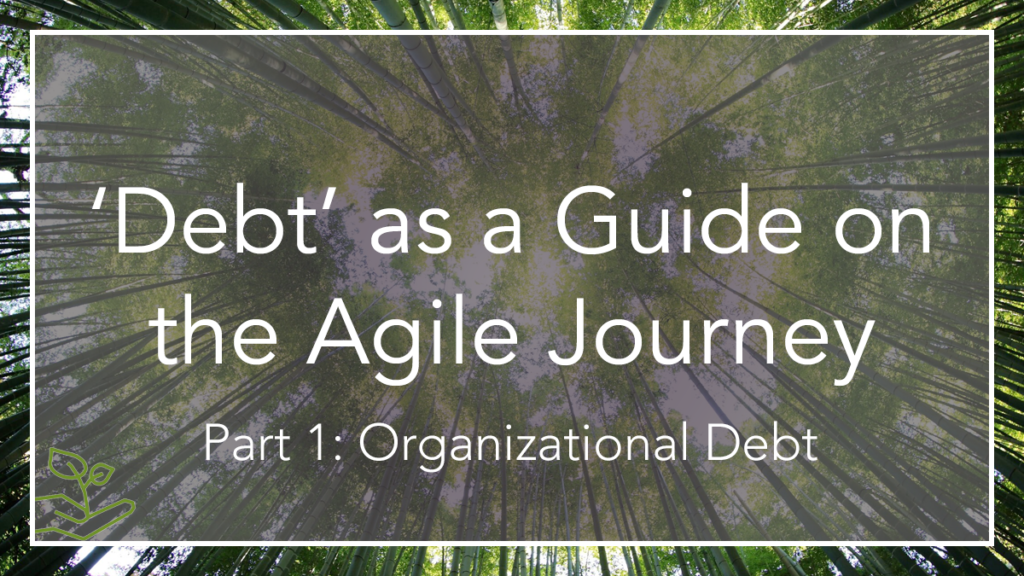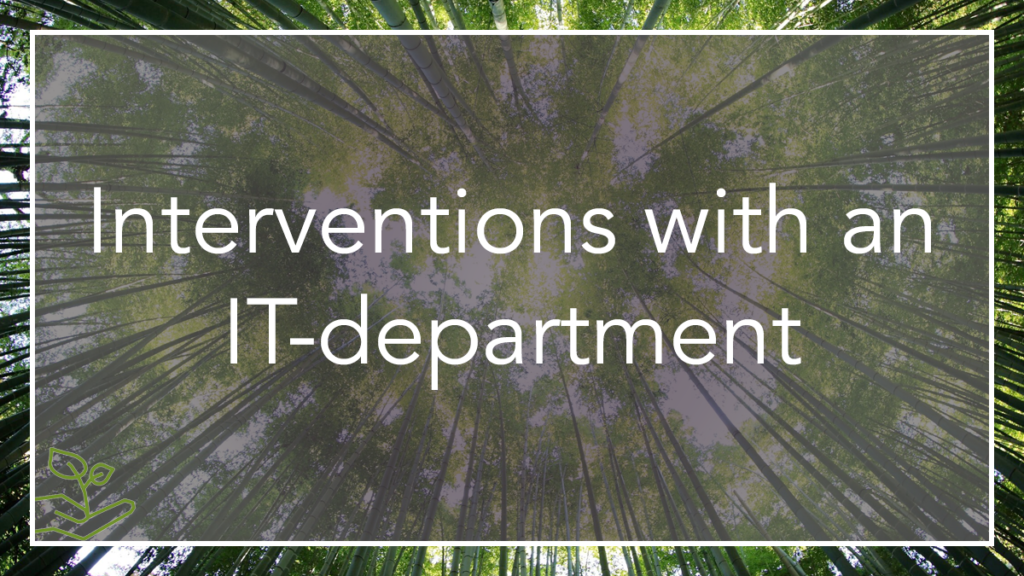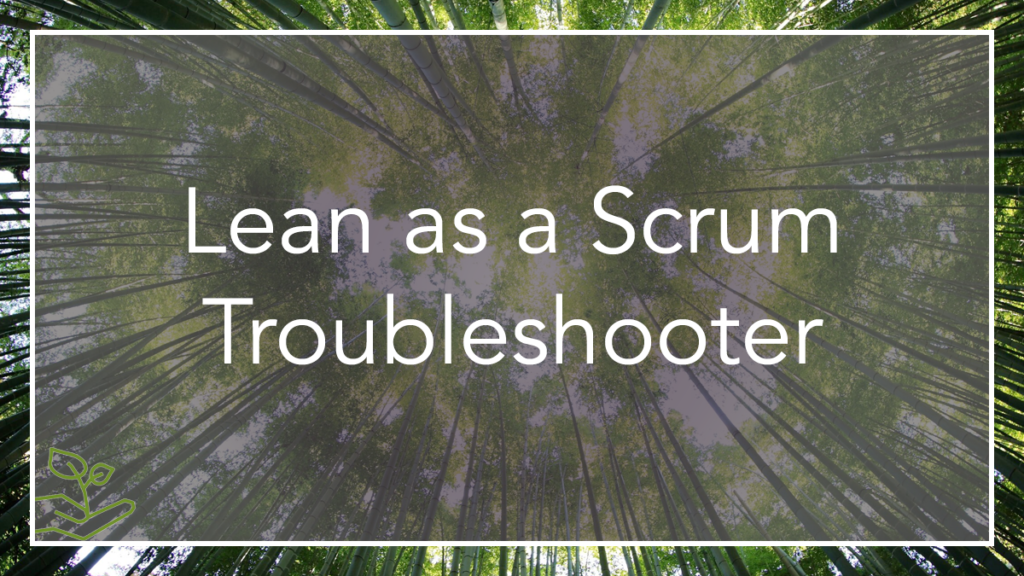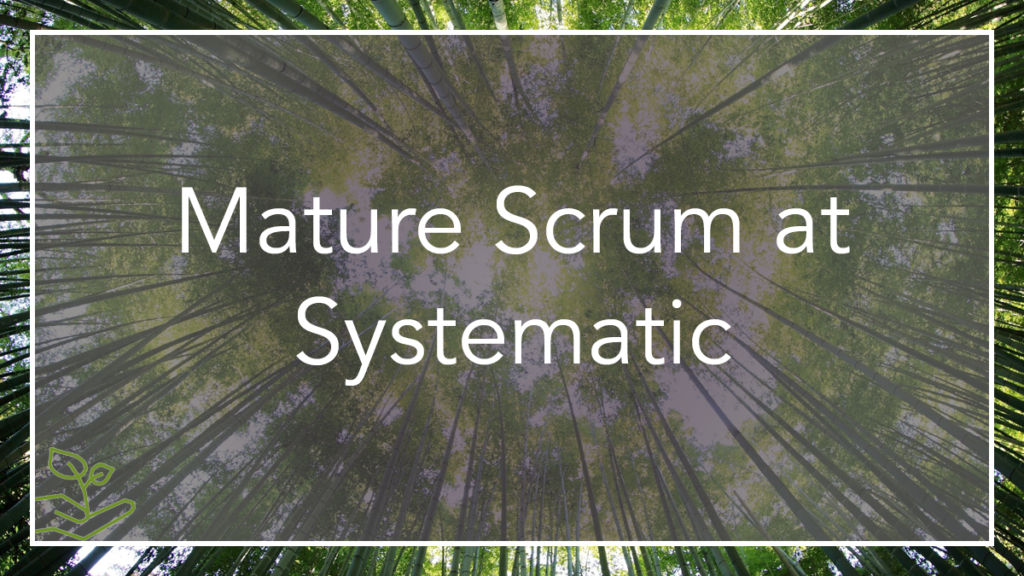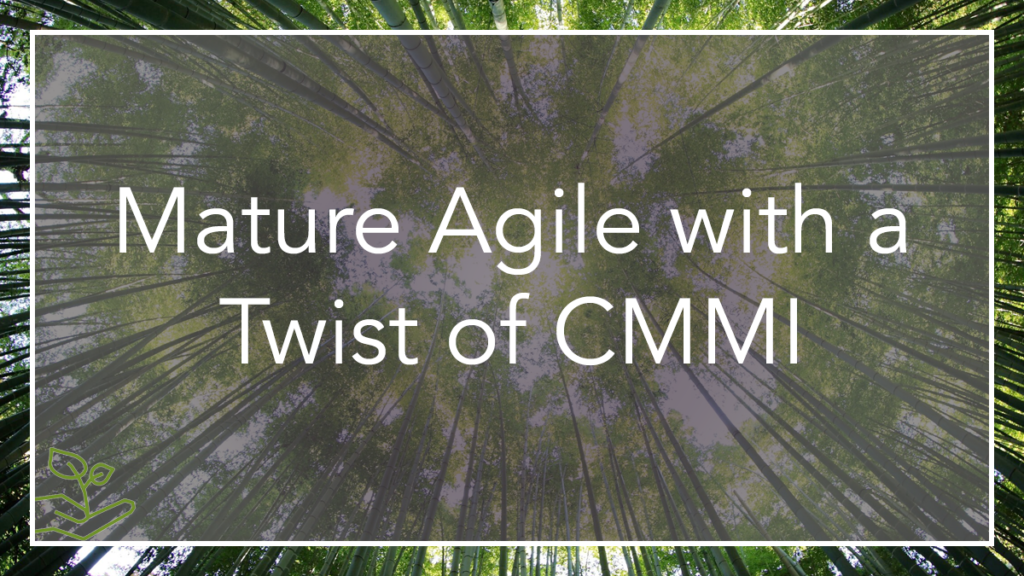Publications
Our experiences are documented in articles presented at international conferences and are available from the IEEE digital library or can be downloaded here:
‘Debt’ as a Guide on the Agile Journey – Part 2: Technical Debt
By: Carsten R. Jakobsen, Rasmus Lund Jensen & Anne Abell
If you have a team who is under pressure to develop new solutions for your business that they cannot deliver because they are drowning in operations of old technology, consider temporarily splitting the team and dividing responsibility for Dev and Ops between the teams to allow the engineers to focus. When you need your teams to step up, consider installing a framework that gives the teams freedom to decide how to improve in a structured way.
Read the article on InfoQ here
‘Debt’ as a Guide on the Agile Journey – Part 1: Organizational Debt
By: Carsten R. Jakobsen, Rasmus Lund Jensen & Anne Abell
Frameworks like Scrum@Scale can help you navigate in agile transformation by providing a holistic structure that identifies pains and potential for improvements, but they will not provide an understanding of what causes the pains or how to remove them. The framework asks the right questions, but depends on your knowledge and insight to find answers fit for your context.
Interventions with an IT-department – How we rallied the Kingdom no one had expected (2020)
By: Carsten R. Jakobsen & Anne Abell
For the past three years, 100 people in an internal IT function have been fighting to transform their organization from being traditional and hierarchical to becoming agile. This is the story of an inviting rather than prescriptive transformation, and of why this approach initially failed due to lack of a trustworthy ‘why’ in a department heavily influenced by an ITIL mindset and an unclear mandate for leader roles.
Read the article here or watch a video of the presentation here.
Lean as a Scrum Troubleshooter (2011)
By: Carsten R. Jakobsen & Tom Poppendick
Systematic works at CMMI level 5 and uses Lean Software Development as a driver for optimizing software processes. Many of the optimizations described in this paper are the result of using A3 problem solving. What makes the Systematic experience unique, is the larger focus of the problem solving effort, at an organizational level, in which individual projects are used as experiments to try out countermeasures to address root causes.
Mature Scrum at Systematic (2009)
By: Carsten R. Jakobsen & Jeff Sutherland
Systematic is a CMMI level 5 company, where the adoption of Lean led to a unique way of working based on synergies between CMMI, Lean, Scrum and other agile practices. Lean provides the principles and values needed for high performance teams and organizations, as demonstrated by Toyota for more than 50 years. CMMI provides the process descriptions and support for what disciplines to consider in order to be successful.
Going from Good to Great (2009)
By: Carsten R. Jakobsen & Jeff Sutherland
Projects combining agile methods with CMMI combine adaptability with predictability to better serve large customer needs. The introduction of Scrum at Systematic, a CMMI Level 5 company, doubled productivity and cut defects by 40% compared to waterfall projects in 2006 by focusing on early testing and time to fix builds. Systematic institutionalized Scrum across all projects and used data driven tools like story process efficiency to surface Product Backlog impediments.
Read the article here or watch a recorded webinar from 2024 here.
Mature Agile with a Twist of CMMI (2008)
By: Carsten R. Jakobsen & Kent Johnson
Systematic is an agile company working at CMMI level 5, where the default way of working is based on Scrum and story based early testing development. Solid experiences in combining CMMI with Scrum and story based development, has shown that the mix provides strong synergies [2] and insights into what CMMI practices fit and amplify the execution of Scrum and story based early testing development.
Scrum and CMMI Level 5 (2007)
By: Jeff Sutherland, Carsten R. Jakobsen & Kent Johnson
Projects combining agile methods with CMMI1 are more successful in producing higher quality software that more effectively meets customer needs at a faster pace. Systematic Software Engineering works at CMMI level 5 and uses Lean Software Development as a driver for optimizing software processes. Early pilot projects at Systematic showed productivity on Scrum teams almost twice that of traditional teams.


